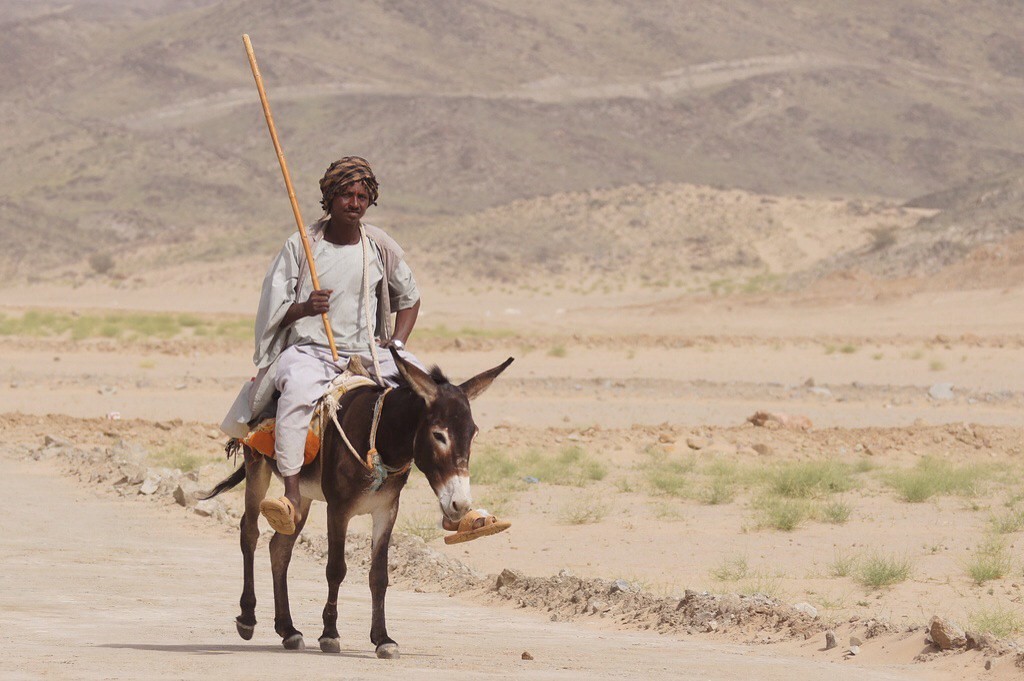Examining Qatar’s Foreign Aid

Qatar is one of the world’s wealthiest counties, and by some metrics, the wealthiest. Even more so than its fellow petroleum-exporting neighbors, Qatar is an indisputable giant in the oil industry, holding 13% of the world’s global oil supply. The nation’s vast wealth, compounded by its population of only about 3 million, contributes to the Qatari citizens’ notably high quality of life, as seen in Qatar’s minuscule unemployment rate of 0.4% and its population life expectancy of 79.4 years in comparison to the global average of 71 years. The small nation’s close proximity to poorer regions and conflict areas make it a highly capable potential distributor of much needed foreign aid. Qatar has an interesting variety of causes and countries to which it has supplied considerable development assistance, but the country’s massive wealth elicits the possibility of an expanded foreign aid budget. Here is some information about Qatar’s foreign aid.
Regional Development Cooperation
Qatar’s foreign aid record tells the story of a nation devoting most of its foreign development cooperation to its more poverty-stricken neighbors, including Morocco, Yemen, Syria, the West Bank and Gaza Strip region and Egypt. Funding went mostly into sectors such as construction and infrastructure. Unfortunately, the latest foreign aid report by the Qatari government was released in 2013, but the Organization for Economic Cooperation and Development estimates a total foreign aid contribution of $1.3 billion that year alone.
After the summer of 2014, which significantly elevated conflicts between Israel and Gaza, nations including Qatar, the U.S., the U.K. and other Gulf states made foreign aid contributions to Gaza, with Qatar’s being the largest with a pledge of $1 billion. Qatar’s massive donation evolved into a cash distribution program to tens of thousands of family-specific beneficiaries.
Qatari aid in Syria has had an impact on both financial and political levels; Qatar has donated more than $1.6 billion in humanitarian aid for conflict victims as well as vocally called for the removal of Syrian President Bashar Al-Assad.
Contributions to Wealthier Nations
Beyond regular contributions to the surrounding economies of Qatar, the small but financially prosperous nation has given considerable aid to wealthier countries in times of crisis. In 2011, the Tohoku earthquake and tsunami hit Japan and caused $360 billion in damage and took nearly 16,000 lives. Along with a substantive monetary donation, Qatar was the host of a multinational football match to raise funds for Japan in the wake of the disaster. The relief aid went mostly to infrastructural projects and the purchase and transportation of natural gases to refill Japan’s national stores.
The Potential for More
As stated earlier, Qatar’s foreign aid comprised of $1.3 billion in 2013. While this is the latest official report and one that the Qatari government published on its own, Qatar has also worked in a partnership with the OECD to publicize and account for its development aid activity. As per the website for Qatar’s own Department of International Cooperation, one of the departments’ many functions includes participation in the “development of the state policy in the field of aid and developmental and humanitarian assistance” and supporting “economic and social development in developing countries.”
However, despite any prioritization of international development cooperation within the department, one can easily determine that Qatar operates far below its capabilities in terms of being a prominent source of foreign aid. Compare Qatar to the United States, which has a population of about 330 million – 110 times larger than Qatar’s population of about 3 million – and a foreign aid budget of a little under $40 billion. Factoring in the nation’s smaller population and its prosperous financial stature, Qatar is more than capable of being one of the world’s largest contributors to international development cooperation.
– Stirling MacDougall
Photo: Flickr
